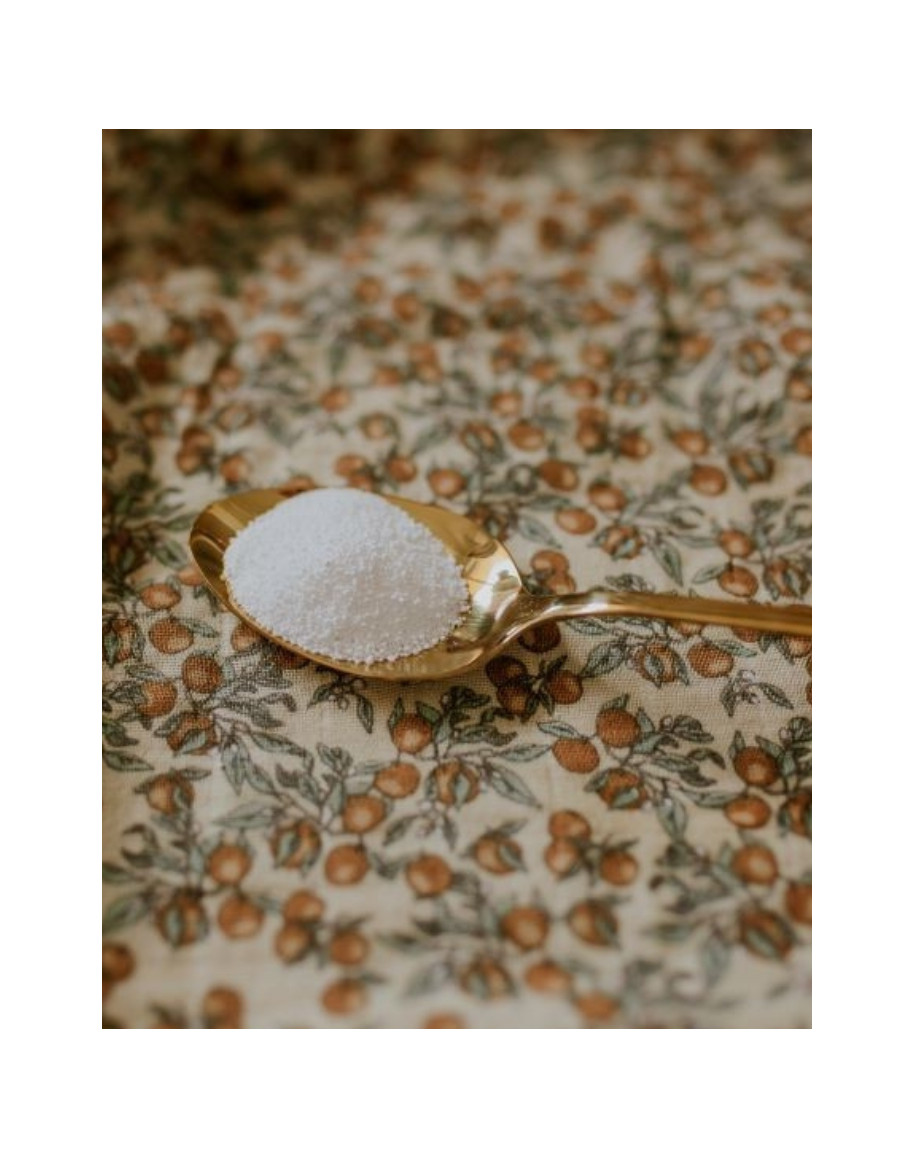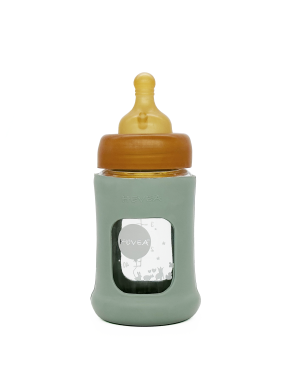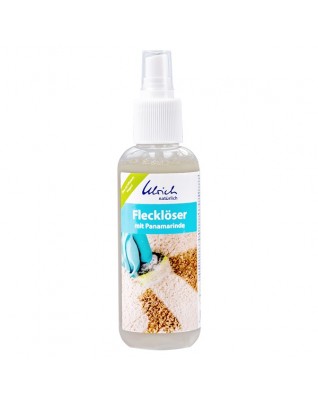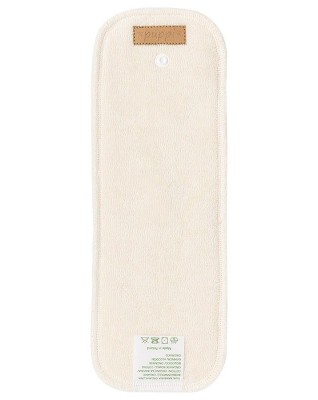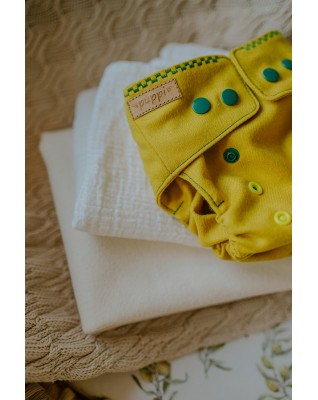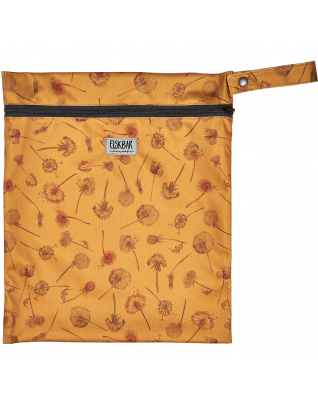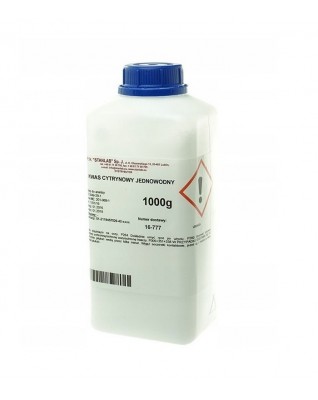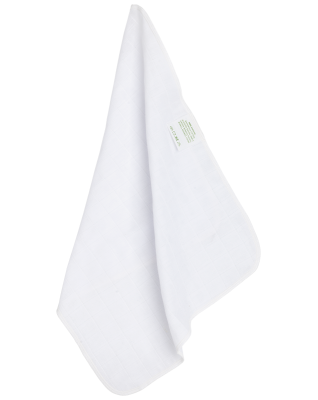Sodium Percarbonate
Lowest price in the period of 30 days before current promotion: zł13.25 -5%
Lowest price in the last 30 days
Free shipping is only valid for delivery to an address located in Poland.
PLEASE NOTE: This product cannot be shipped outside European Union.
Sodium Percarbonate is an agent that will let you to get rid of all the stubborn stains that no other stain remover could help for.
One of the questions that many cloth diapering parents ask is "how to get rid of poo stains that stayed on inserts and fitted diapers?". A reliable method for this problem is to use of sodium percarbonate. What's important, it is a ecological agent that dissolves in water and does not bioaccumulate.
Manufacturer's recommendations for use on stains:
• bleaching or removing stains: soak in a solution of water and sodium percarbonate - add 2 tablespoons of sodium percarbonate to 3 liters of warm water. After 2 hours, remove the laundry and wash in the washing machine.
• In the washing machine: add 2 tablespoons of sodium percarbonate for washing and wash at 40 ° C.
Our tested and reliable method for poo stains:
1. Pour hot water over the insert or fitted diaper.
2. Cover the stains with sodium percarbonate
3. Wait 0.5-1h (no longer, as the agent may damage the fabric!) and rinse off the fabric surface.
4. Wash in machine as usual.
Other uses of sodium percarbonate:
• For cleaning toilets
• In the kitchen for stubborn stains, such as coffee
• Carpet washing
• Removal of mold
• As a component of dishwasher tablets and washing powders
Sodium percarbonate is not dangerous to humans, but basic hygiene rules must be followed. May cause irritations.
Hazards: H272 May intensify fire; oxidizer. H302 Harmful if swallowed. H318 Causes serious eye damage.
Precautions: P210 Keep away from heat / sparks / open flames / hot surfaces. No smoking. P220 Keep / Store away from clothing / combustible materials. P280 Wear protective gloves / protective clothing / eye protection / face protection. P401 Store in a dry place at temperatures not exceeding 40 ° C.

